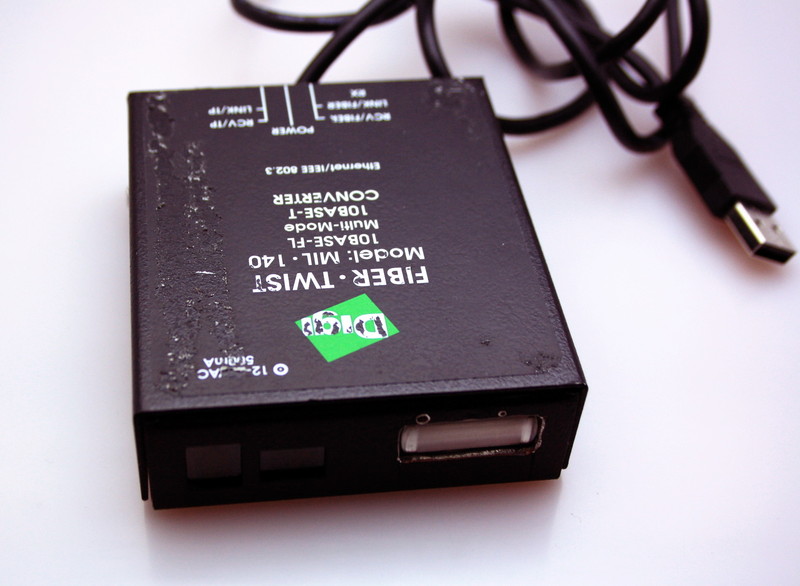Photo flash

I wanted a photo flash which I could trigger at will, the ultimate goal being either to have a slave flash automatically triggered by the built-in flash of my camera, or to try some high speed photography. The latter finally became my main interest.
The flash
I started by taking apart an old digital camera rescued from electronics junk bin. The camera itself was not working anymore but I was aiming at the flash tube and hoped it was still good. I quickly found the flash unit and tried to use it as-is but after quite a short time I gave up trying to reverse the circuit and started to design my own inverter-trigger unit mainly based on the original components. It was very informative to build my own circuit, but next time I think I will try a little harder to use the original unit.



The flash is powered through a USB cable and an external trigger input is available through the tip connector of a 3.5mm stereo jack port. The two other connector of the jack provide the +5V of the USB to external trigger modules.

The flash system is designed in the form of modules which can be connected to the main flash, or even chained to accurately control the flash trigger and timing. It makes it an extremely versatile and upgradeable system.
Sound trigger
The first trigger module I built for the flash was a very basic sound trigger module. As soon as the sound level goes above some preset threshold, the module produces a trigger pulse.


This is widely used in high speed photography to take pictures of quick events which produce some kind of sound (popping balloons, firing guns, ...) I used it to make my first pictures of water drops, the sound made by the drop splashing in water triggering the flash.

Delay module
The main limitation I came across with the sound trigger system is the fact that I could only capture a single moment of the drop splashing in water. To overcome this limitation, I built a delay module which can be inserted between the trigger module and the flash. The module introduces a settable delay (currently from 0 to 100 ms) between the incoming and outgoing trigger pulse.



With this module I could capture any instant following the sound made by the drop

Light barrier module
The combination of sound trigger and delay although quite powerful did not allow the capture of the instant preceding the sound made by the drop colliding with still water (damn causality !). That's why I decided to build a light barrier which would trigger the flash as soon as a laser beam is cut.

Combined with the adjustable delay module, I can now capture every instants of the splash.(This time I used a mix of water and milk)

See below for a video made from a series of shots with increasing delay. It stops a little early because I reached the upper limit of the delay provided by the delay module.(this limitation can be easily solved by adding a potentiometer to the module)
Going further
My flash is not really suitable for high speed photography because of its rather long flash duration. To make better pictures I should make (or find) a flash with much shorter pulses of light. I am also planning to add another potentiometer to the delay module to increase the range of delays I can get. And finally I'll improve my drop photography skills until I can shoot pictures as good as these ones.
Pictures
For more pictures of drops made with this system, go to my drops pictures page.